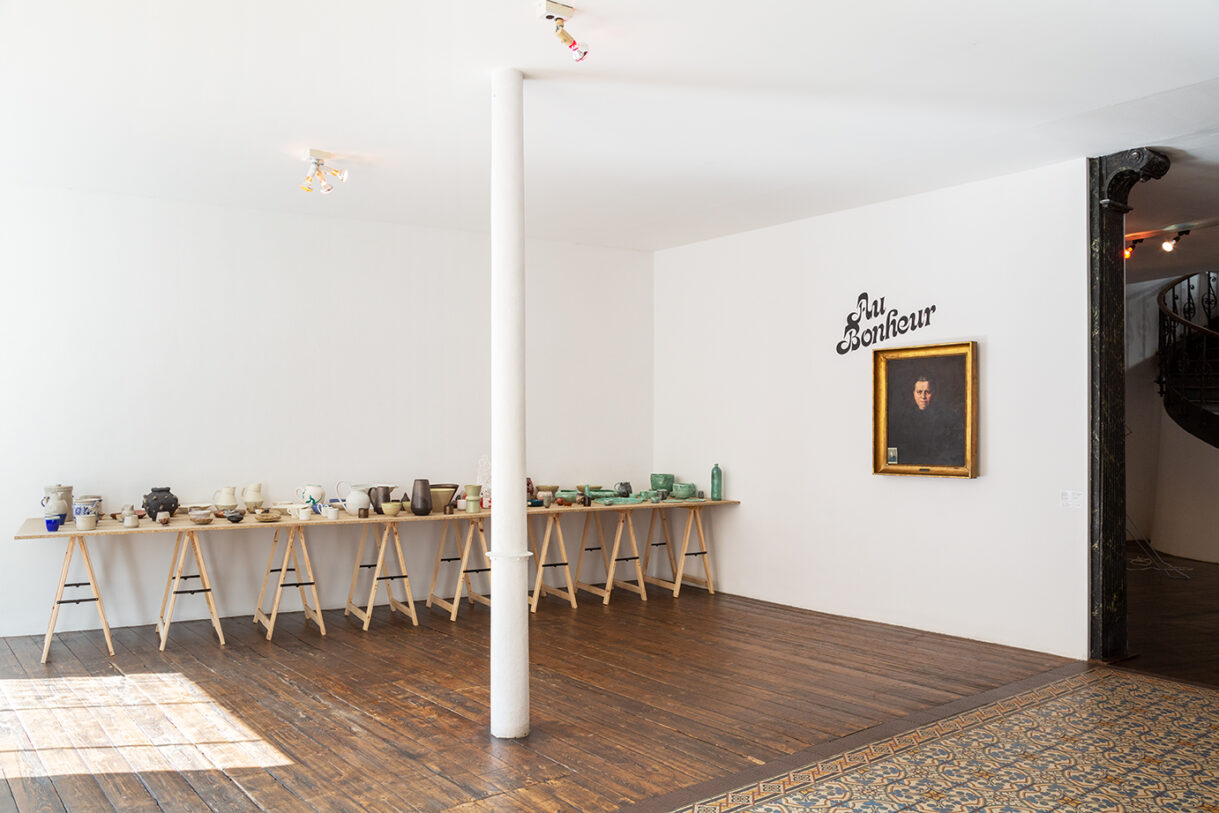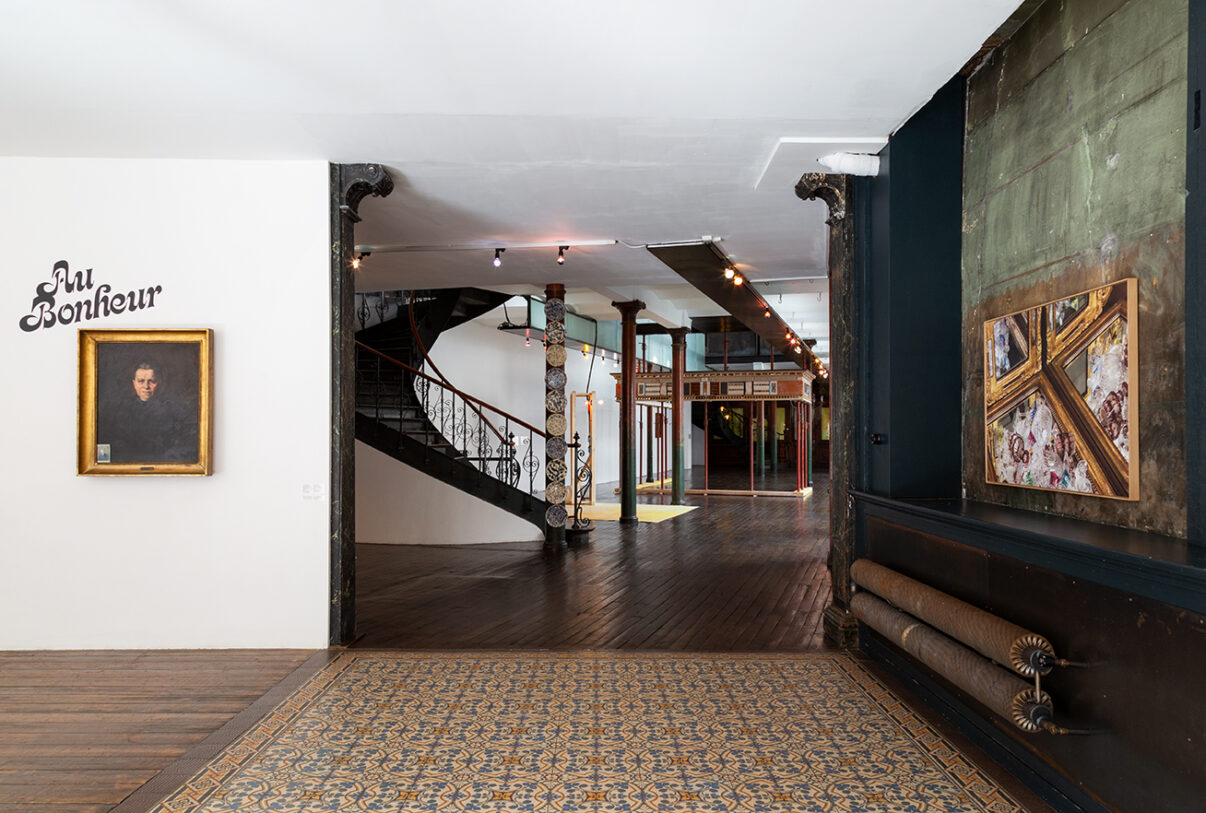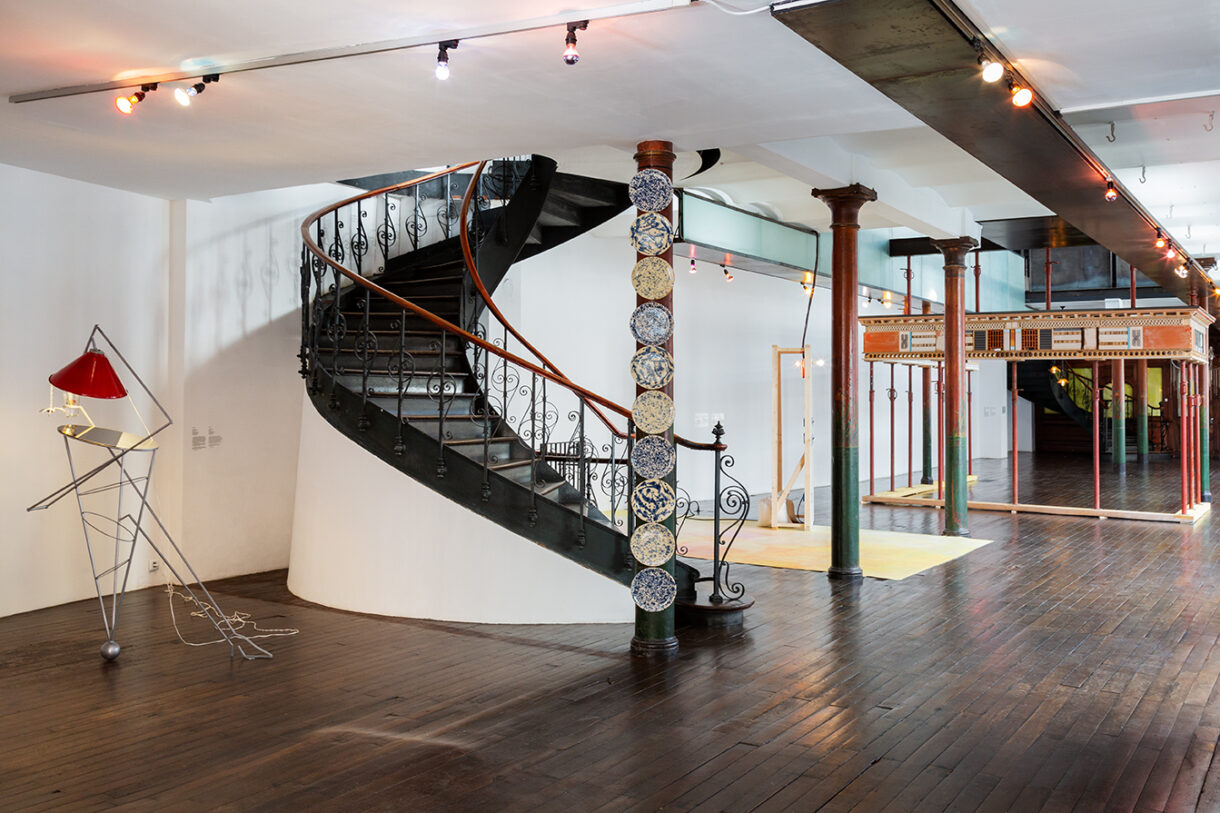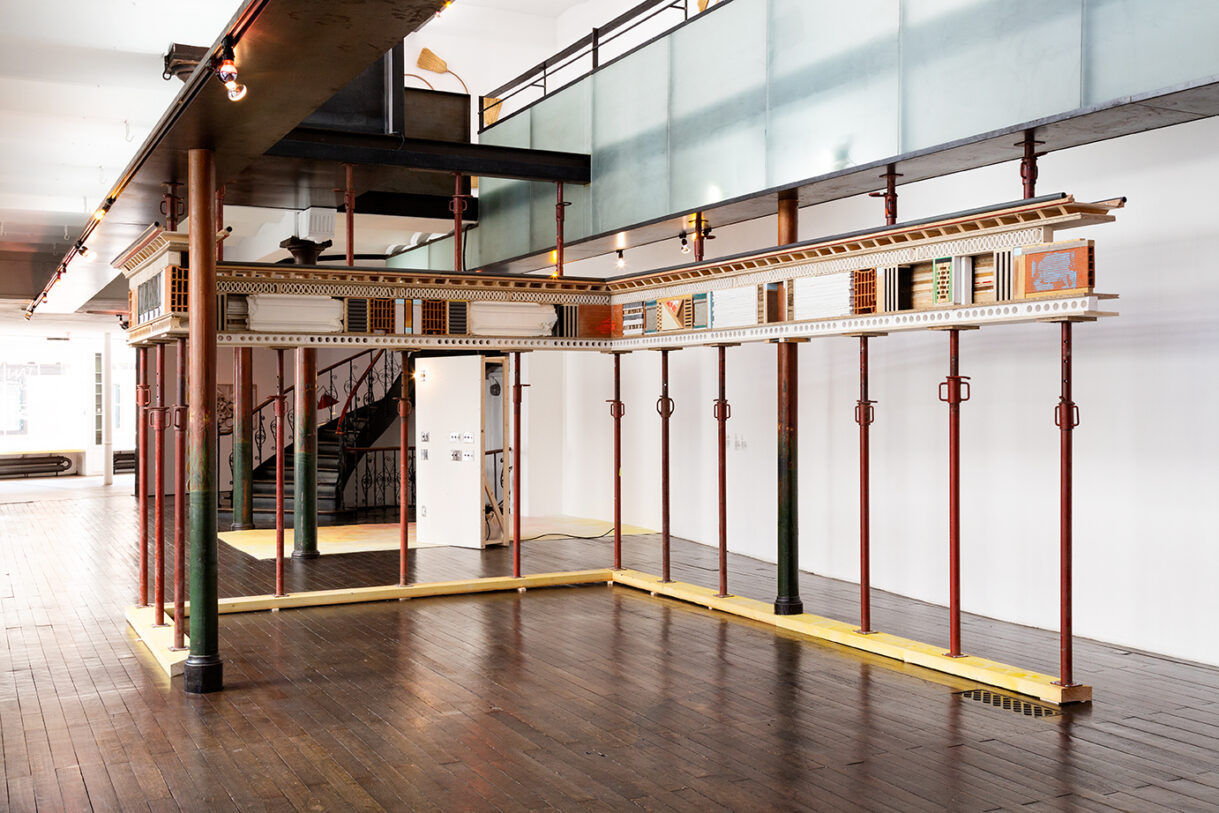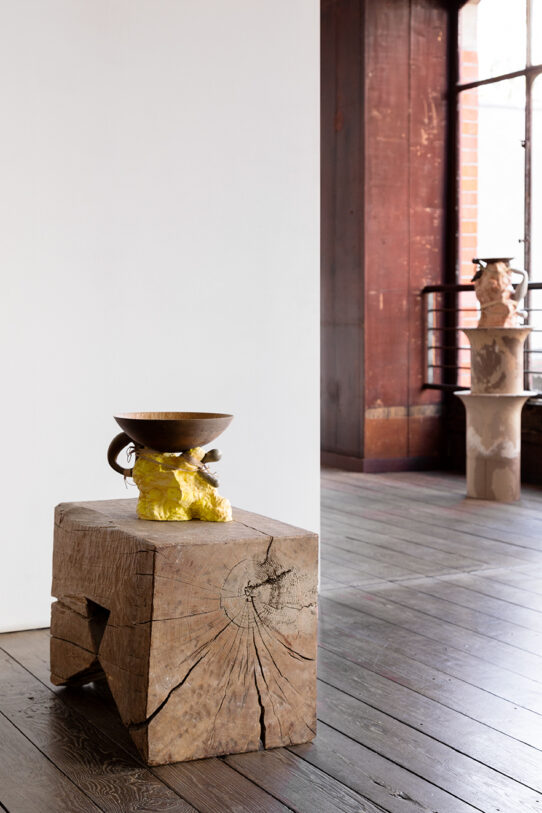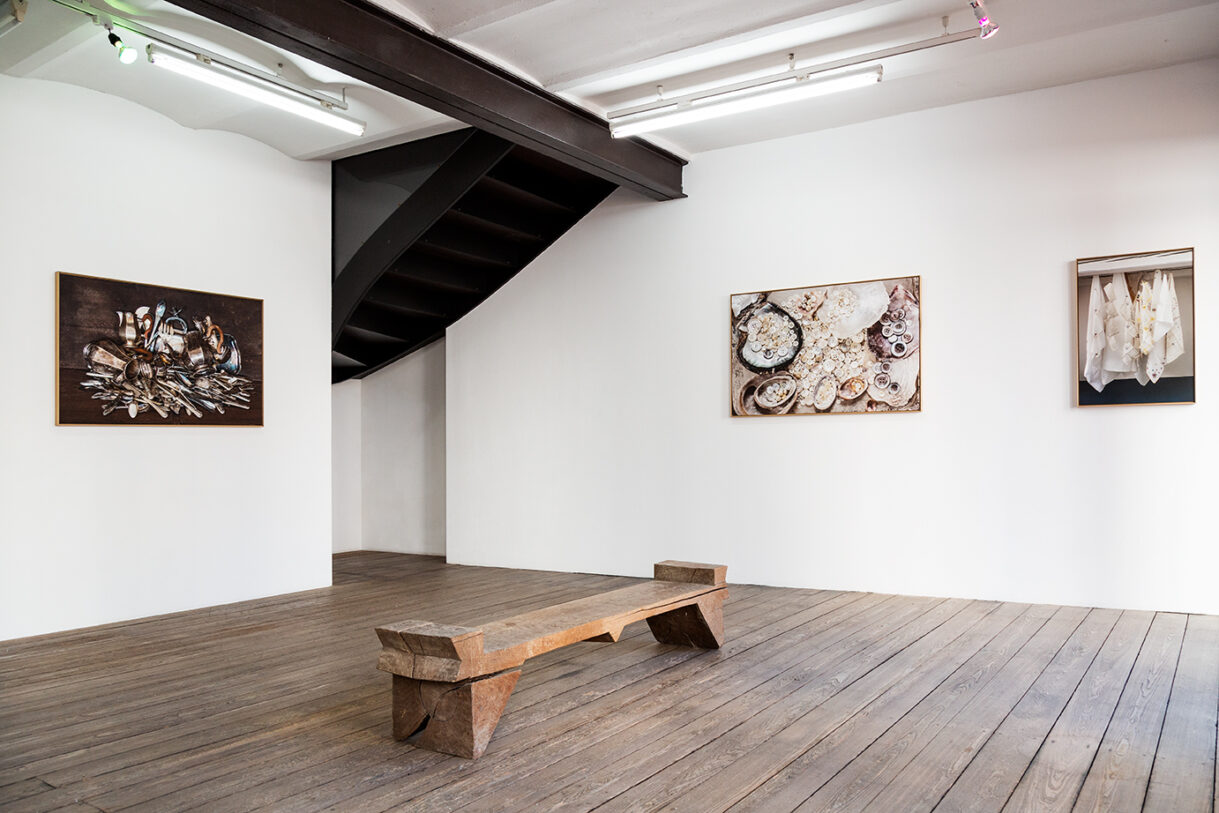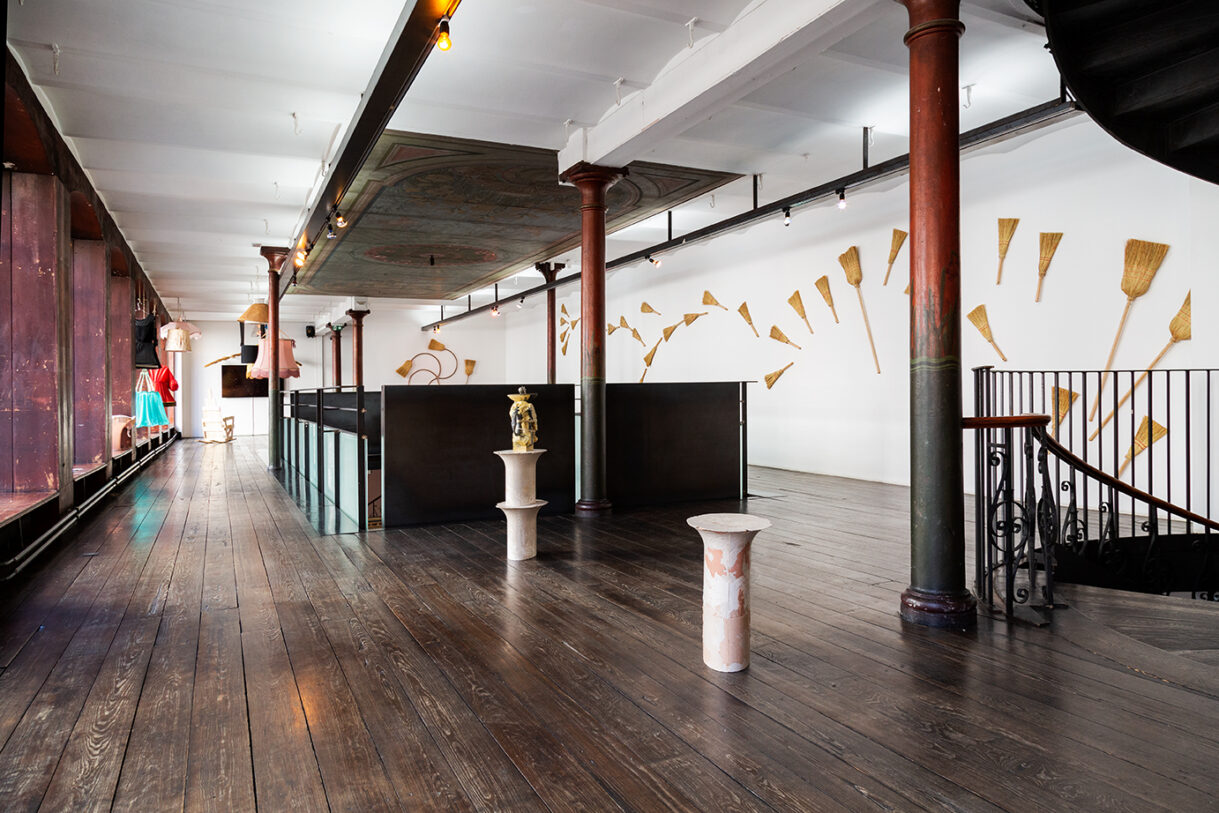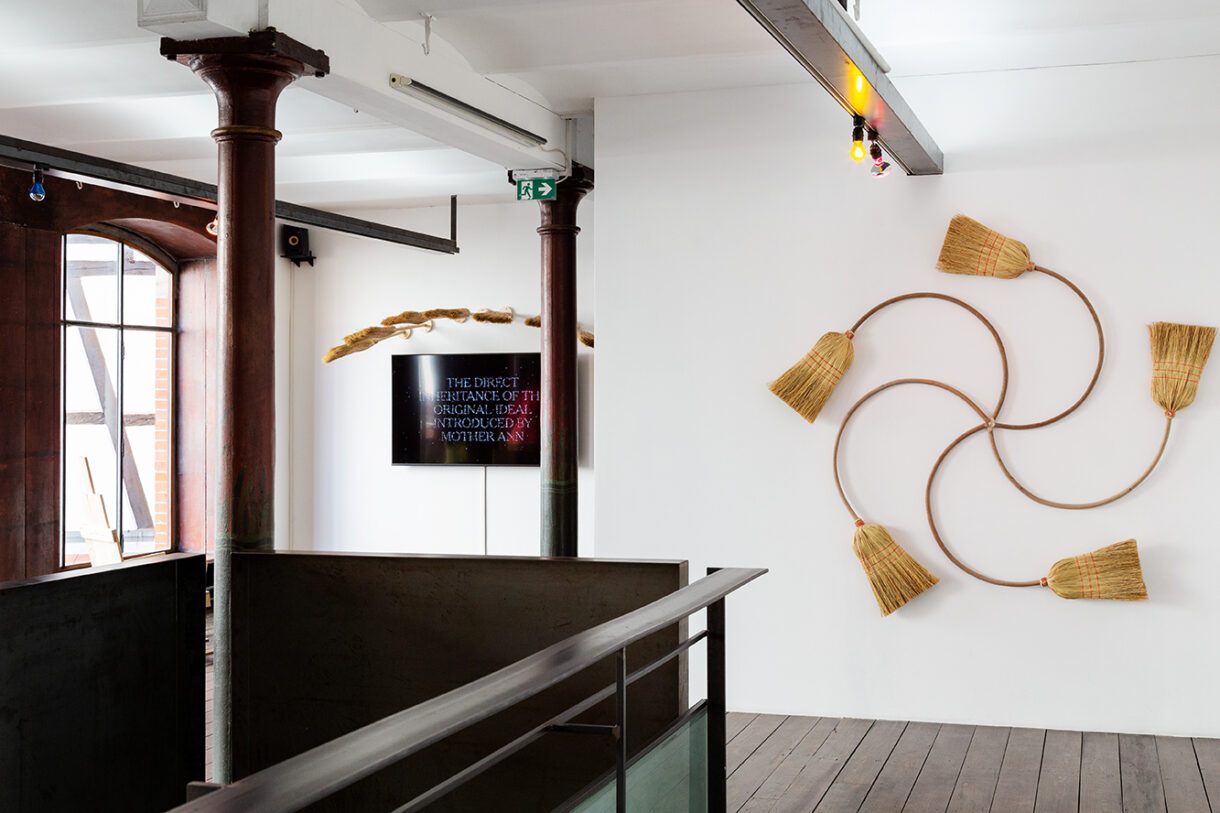Extended until 26th February 2023
With : Julie Béna, Estelle Deschamp, Poterie Friedmann, Walter Gürtler, Sophie Irwin,
La double clique, Le Palais du Corbeau, Poterie Ludwig, Marianne Marić,
Alexandra Midal, Flora Moscovici, Françoise Saur, Poterie Schmitter,
Camille Schpilberg, Dominique Stutz, T R, Alban Turquois, Nicholas Vargelis and
Giom Von Birgitta as well as historic objects on loan from the Neunreiter family
The exhibition Au Bonheur connects with the past of the Art Nouveau building that houses the CEAAC by revisiting the various types of objects that were sold there from the turn of the twentieth century to the 1960s, when it was home to a hardware store trading in earthenware, porcelain, glassware, light fittings and household articles. By reframing these commodities in a cultural context, the exhibition aims to explore the ‘social life of things’ (Arjun Appadurai).
The objects on display bear witness to the ways in which ideology is inscribed in form as well as to the agency of those who produce, choose and exhibit them. Within the show, they can be seen to move between different ‘regimes of value’ (use, exchange, cultural or surplus value). Decoration is thereby revealed as a carrier of authority, subversion and emancipation.
The project also provides an opportunity to put on sale a selection of utilitarian ceramics sourced as part of an extended research in independent potters’ workshops across Alsace.
Curators: Alice Motard and Joël Riff
Au Bonheur is produced in collaboration with Moly-Sabata, France’s oldest artists’ residency, founded in 1927 in Sablons (Isère) by the artist couple Albert Gleizes and Juliette Roche. The Australian potter Anne Dangar, who lived and worked there for two decades, introduced a ceramic workshop that is active to this very day.

